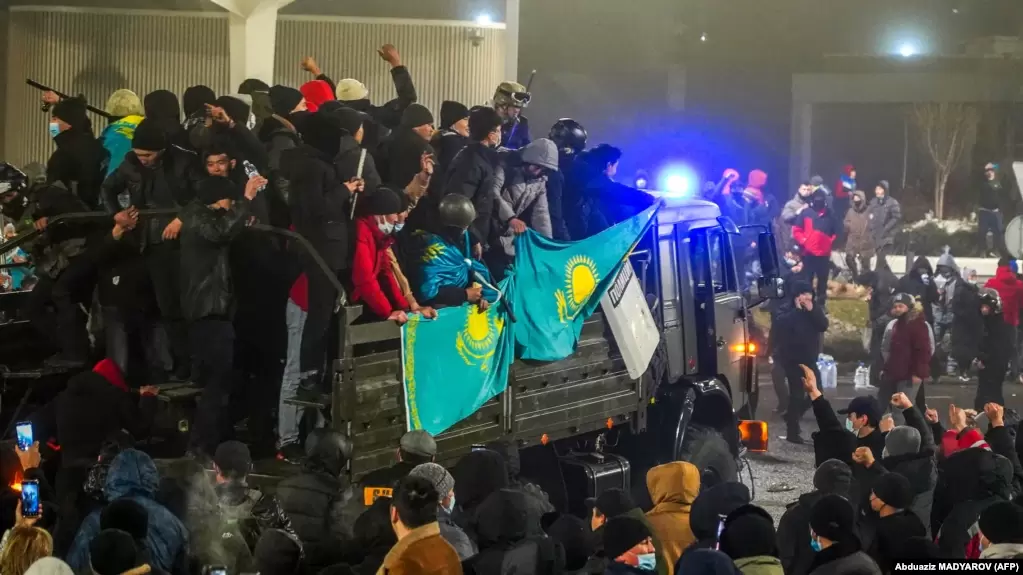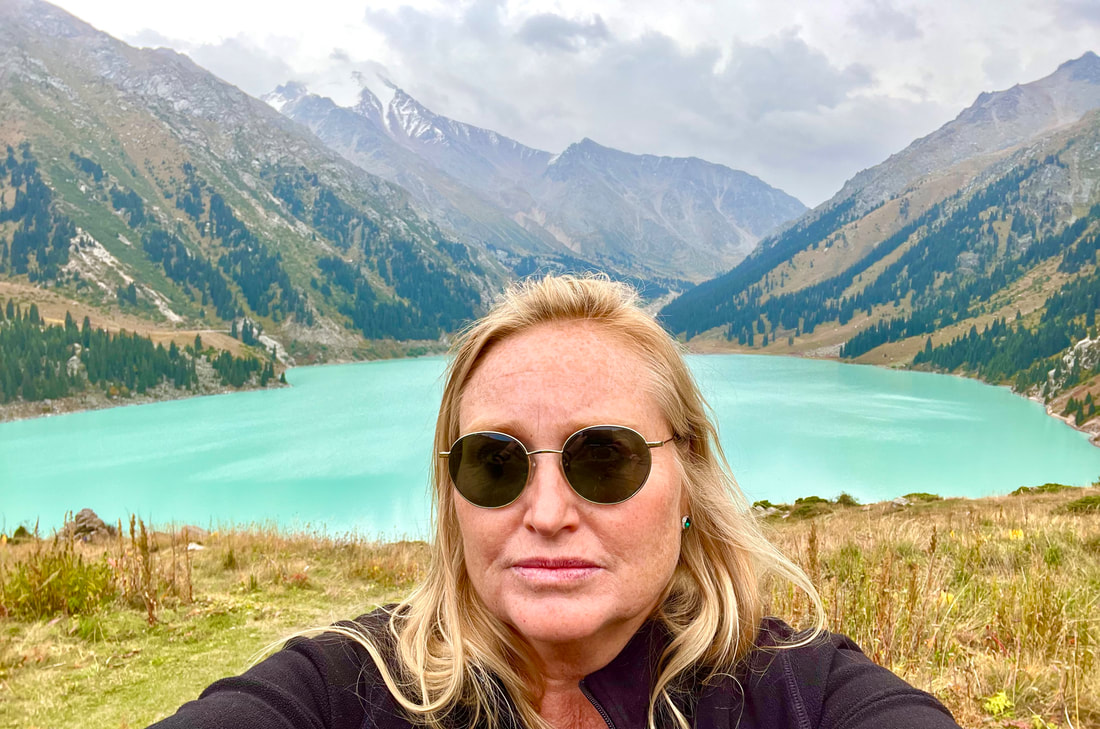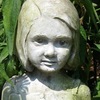 Azattyk Radio—Radio Free Liberty/Radio Europe's Service in Kazakhstan—interviews Journalist Cheryl Reed about her Investigation into the Kazakhstan Protest Coverage January 10, 2023, 08:13 By Elnur Alimova Protesters in Almaty on January 5, 2022 — the day Kazakhstan declared a nationwide state of emergency after peaceful anti-price rallies escalated into clashes and protesters stormed government buildings “Once you start shooting at people, they will retaliate,” said US journalist Cheryl L. Reed, who reports on the January events in Kazakhstan. Azattyk asked the journalist's opinion about why peaceful rallies turned into riots, why the Kazakh authorities abandoned the international investigation of Bloody January, and whether society's views have changed. Cheryl L. Reed is an American journalist and recipient of the Goldsmiths Award for investigative journalism. Cheryl spent four months traveling around the regions of Kazakhstan where the riots took place, and spoke with journalists covering these events, including correspondents from RFE/RL. Her articles about Kazakhstan were published by Diplomat. The remaining article in English. Comments are closed.
|
Fulbright in Central AsiaFrom March, 2022 to January of 2023, I was a Fulbright Scholar with the U.S. State Department in post-Soviet Central Asia. My previous Fulbright was in Ukraine. For the past six years, I have reported on journalists from post-Soviet countries who have experienced retaliation for reporting the truth. Archives
January 2023
|

 RSS Feed
RSS Feed
